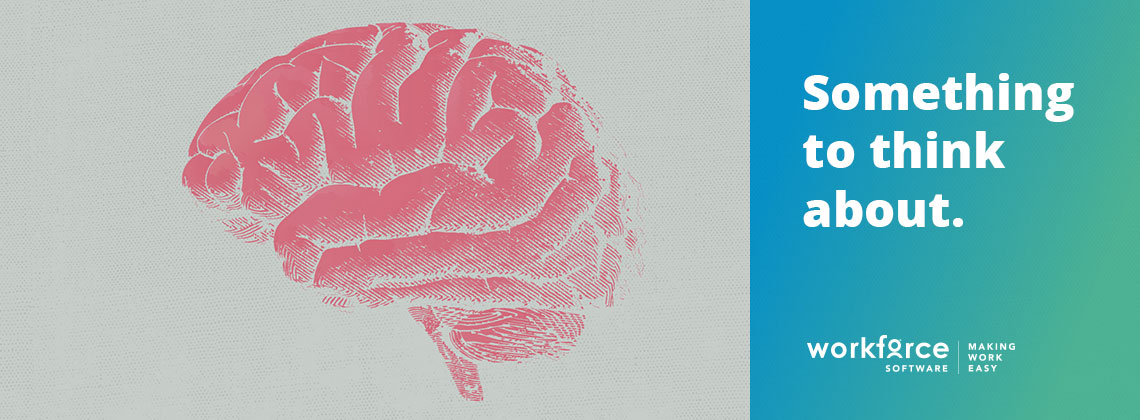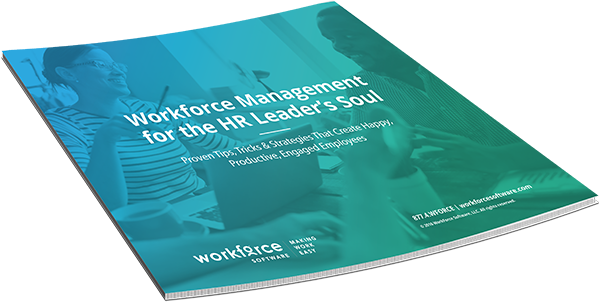Change

About 10,000 years ago, agriculture was developed and began to spread.
Farming, then, gave birth to villages, communities.
Back then, our brains were wired to do three things:
- Survive: Our biology helped us recognize discomfort and danger, enabling us to live another day.
- Belong: Our biology helped us bond with others, enabling meaningful relationships.
- Become: Our biology helped us find passion apart from our people, enabling the realization of our true potential, or self-actualization.
Thousands of years later, our brains are still wired this way.
We’re still driven to survive, belong, and become — and in that order:
If you don’t survive, you can’t belong.
If you don’t belong, you can’t become.
This hierarchy applies everywhere, especially at work.
But what if you don’t feel safe at work?
What if, for whatever reason, you’re uncomfortable?
Uncomfortable with your role?
With your colleagues?
With your boss?
Something’s amiss. What now?
Could you belong in an environment like that, much less survive?
Could you move forward, much less fail forward?
Could you report for work engaged, ready to do your job? Not really.
True on-the-job engagement has a prerequisite: physical and emotional security, safety.
Subscribe to The WorkForce Blog
Learn the art and science of maintaining productive, happy, engaged employees.
What makes people feel unsafe at work?
Plenty of things: impostor syndrome; sexual assault; poor working conditions. These are specific examples.
Generally, though, people feel insecure amid change.
Whether it’s local, regional, or global, big or small, complicated or simple, change creates stress, which can cause disengagement.
People like stability and routine, consistency. We crave it. That’s why we started farming in the first place. It felt natural, comfortable. Humans like familiarity. That tree in your backyard doesn’t move. It sits there, planted, season after season. You love that damn tree.
Change too much, too fast, and the stress can come to a head.
Enter: change fatigue
Constant change is exhausting.
“Change fatigue” is a sense of indifference, felt by individuals or teams, towards an abundance of organizational change. In other words, if the status quo is disrupted too often or too harshly, people will grow weary. They’ll check out.
Do your people suffer from change fatigue? Are they:
- Questioning the value behind an initiative?
- Diverting their attention to other tasks?
- Disconnecting the feedback loop?
If so, they could be slipping. Apathy may be setting in.
“But change is necessary,” says The Man.
“Companies innovate and adjust, or they go away.”
That’s true, especially at the enterprise level. Whether change comes in the form of new management or updated technology or revamped processes, an organization must evolve to stay competitive.
Change is a given. Change fatigue, however, doesn’t have to be. Not with the right approach, anyway.
How to combat change fatigue:
Your approach — the way you introduce, guide, and carry out change — will shape employee perception and response.
Want to successfully implement change, making employees feel safe in the face of transformation?
1. Lead with the outcome.
“Successful change,” writes Dr. Dawn-Marie Turner, an executive management consultant, “begins with a destination.”
Hazy on your destination? Sculpt an outcome statement.
“[An outcome statement is] critical for success,” says Turner. “It’s a beacon that points everyone in the right direction, and ensures your resources are being used wisely.”
A well-crafted outcome statement will:
- State the direction and purpose of the change
- Motivate employees around the benefits of the change
- Focus everyone on the process necessary to effect the change
Your outcome statement should be clear and concise. Comprehension is essential. If people don’t understand where change is leading them, they’ll naturally resist it.
These questions can help guide your outcome statement:
- What will be different after the change?
- Why will employees like the change?
- How will customers benefit from the change?
Finished? Great. Now share, listen. Feedback is important, which brings me to my next point …
 Workforce Management for the HR Leader’s Soul
Workforce Management for the HR Leader’s Soul
This book will help you create a healthy, rewarding environment for the people that keep your company moving forward.
2. Ask more.
While big-picture changes should come from the top, decision makers can’t disregard input from the rest of the organization.
“If you’re pushing change on people,” says Micah Alpern, a senior associate at Strategy&, a consulting firm, “without allowing them to be part of the effort, you’re going to get resistance.”
Ask more questions. Involvement incites a sense of ownership, which drives engagement.
3. Demand less.
According to research by Strategy&, only 54% of change initiatives succeed. Much of that comes down to something called “change saturation.”
“When companies try doing too much too quickly,” says Alpern, “employees often wait to see which initiative has the most staying power before investing the energy to alter their behaviors.”
Don’t spread your people thin, especially during a transition.
Change is uncomfortable.
People see it as an opportunity for something to go wrong, putting our survival in jeopardy. That’s an evolutionary trait all humans share. It’s bred into us.
It would benefit leaders not to ignore the consequences of large-scale change. Better to anticipate and prepare for the challenges.
Doing so will maximize your chances for success when trying something new.

 Workforce Management for the HR Leader’s Soul
Workforce Management for the HR Leader’s Soul